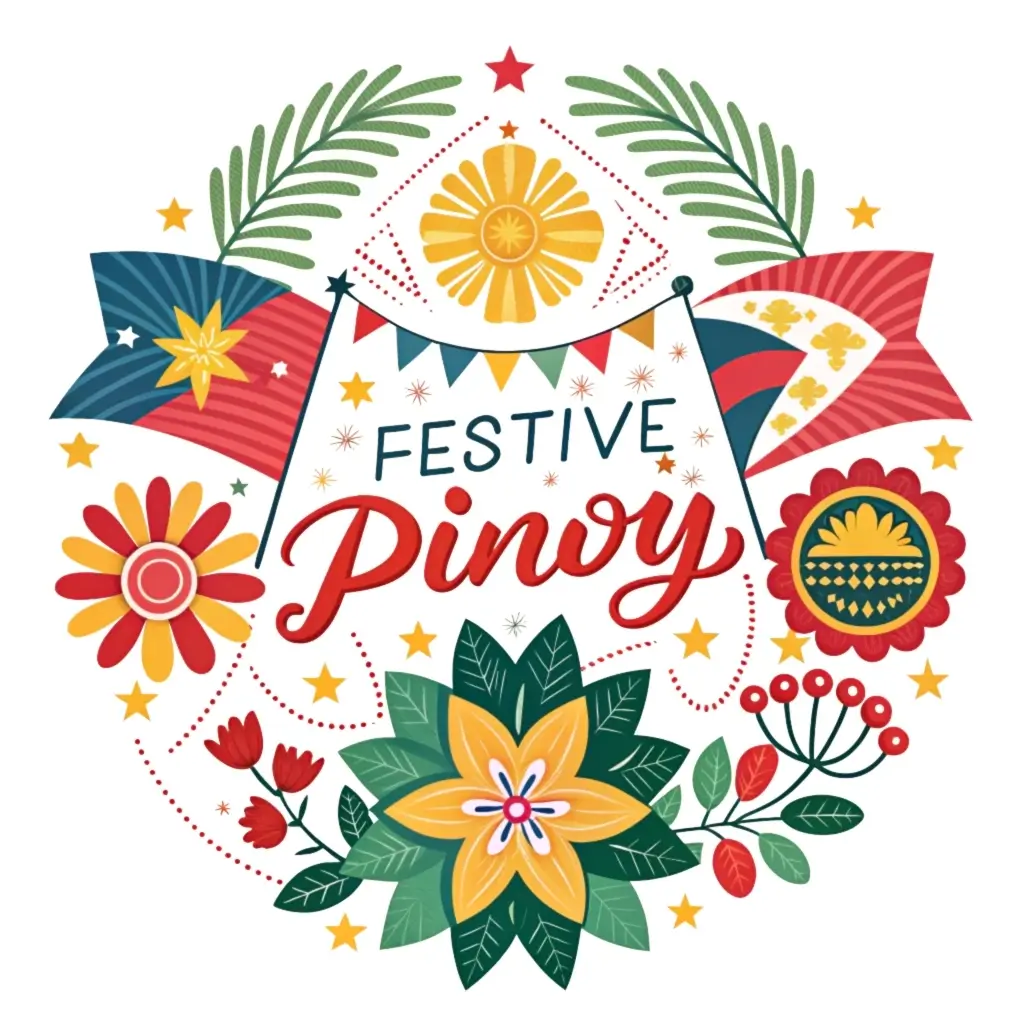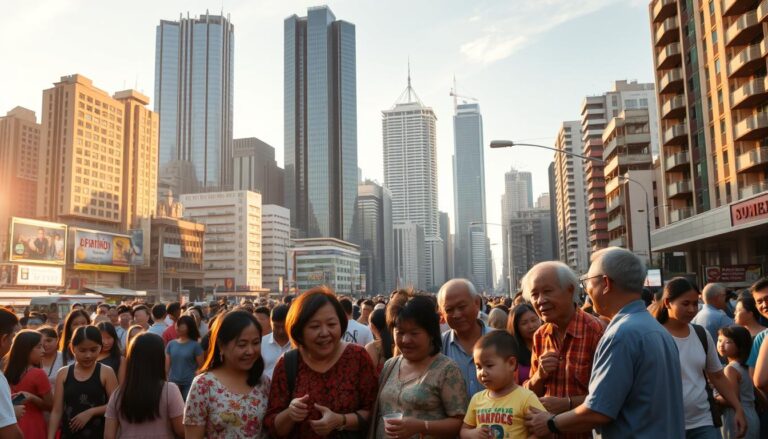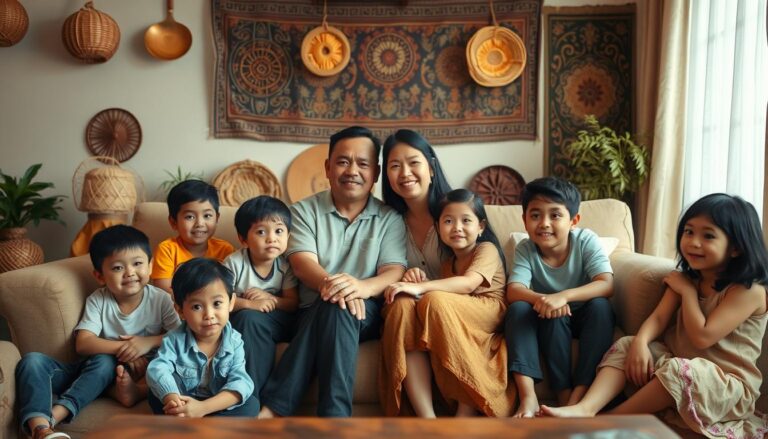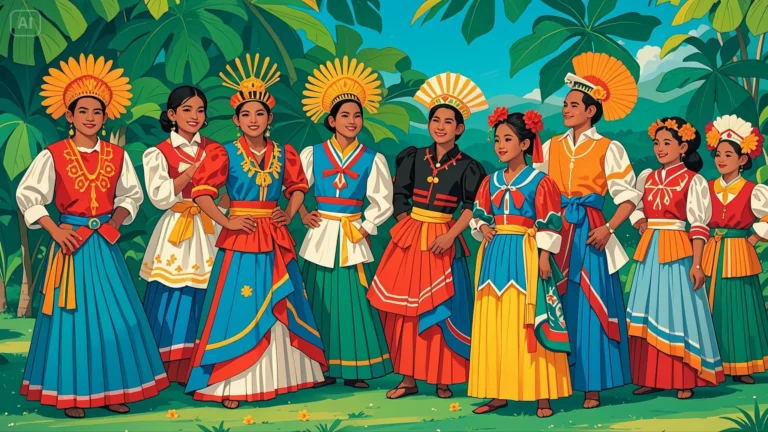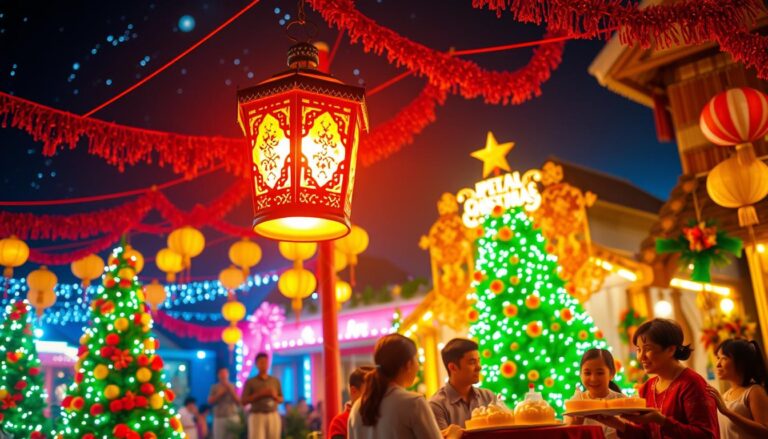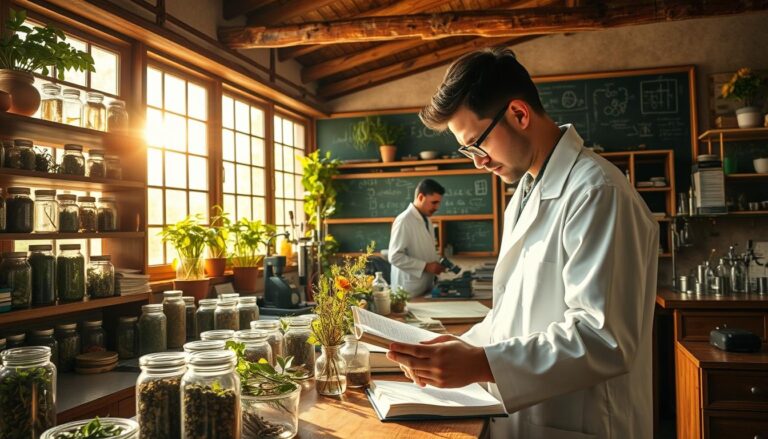Traditional Filipino Wellness Rituals for Better Health

For centuries, communities across the Philippines have relied on time-honored healing methods to nurture physical, emotional, and spiritual harmony. These indigenous practices blend hands-on therapies, herbal knowledge, and mindful rituals to create a holistic approach to overall well-being. Rooted in pre-colonial customs, many techniques—like the massage-based Hilot—have been preserved through generations and adapted to modern lifestyles.
Historical records trace these traditions to the 16th century, with practitioners like Virgil Mayor Apostol documenting their cultural significance. Today, methods such as energy-balancing Ablon and steam-based Tuob rituals gain recognition for their role in stress relief and relaxation. Over 1,500 medicinal plants are still used in treatments, supported by initiatives like the Philippine Department of Health’s endorsement of herbal remedies.
What sets these practices apart is their focus on community-driven healing. Local experts, known as albularyos, often combine physical therapies with spiritual elements like whispered prayers. This dual approach addresses both body and mind, offering a unique alternative to conventional wellness strategies.
This article explores how ancient methodologies intersect with contemporary health trends. From cupping therapies to mindfulness retreats, discover how these culturally rich rituals continue to inspire global wellness journeys.
Key Takeaways
- Filipino healing traditions emphasize balance across physical, mental, and spiritual aspects.
- Practices like Hilot massage date back centuries and are still widely practiced today.
- Over 1,500 medicinal plants form the foundation of many herbal remedies.
- Modern adaptations integrate traditional methods with evidence-based wellness programs.
- Community healers play a vital role in preserving these cultural practices.
- Techniques like steam baths (Tuob) promote detoxification and relaxation.
Embracing the Rich History and Cultural Context
Long before modern medicine, the archipelago’s healers wove spirituality into every remedy. At the heart of this system stood the babaylans—shamans who held a pivotal role in societal structures. Their expertise bridged herbal medicine, ancestral rituals, and community leadership.
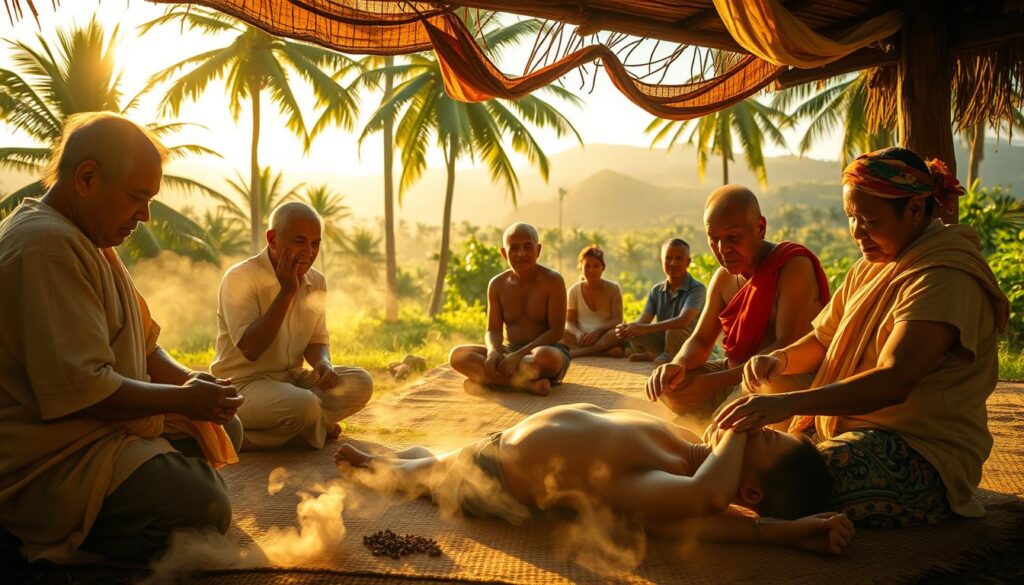
Pre-colonial Roots and the Role of Babaylans
Babaylans served as both spiritual guides and medical experts. They used herbs like lagundi for respiratory issues alongside chants to restore energy flow. Historical texts note their ability to diagnose illnesses through dreams or nature signs.
This holistic approach wasn’t just about curing sickness. It reinforced social bonds, with healing sessions often involving entire villages. Knowledge passed orally ensured these methods stayed alive despite later colonial disruptions.
Impact of Colonial Influences and Cultural Preservation
Spanish rule introduced Western medicine in the 16th century, sidelining indigenous practices. Yet, rural areas kept core practices alive. A 19th-century manuscript reveals how healers disguised rituals as folk dances to avoid persecution.
| Aspect | Pre-Colonial Era | Colonial Era |
|---|---|---|
| Healers’ Authority | Central figures in villages | Underground practitioners |
| Methods | Herbs + spiritual rituals | Blended with Catholic prayers |
| Knowledge Transfer | Oral traditions | Coded in folk arts |
Today, this resilience shows in how hilot massage coexists with clinics. Elders still teach plant-based remedies, proving traditions adapt without losing their essence. The connection between nature and health remains unbroken, even after 500 years of foreign influence.
Traditional Filipino Wellness Rituals for Better Health
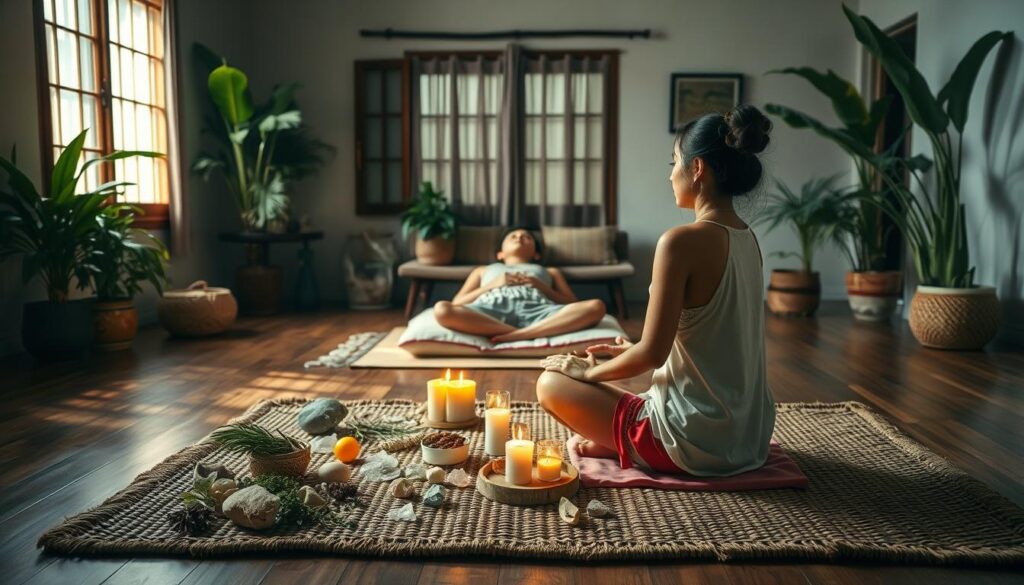
The archipelago’s vibrant heritage includes therapeutic techniques passed down through generations. These methods focus on restoring balance through touch, plant-based solutions, and energy harmonization. From rhythmic massages to steam therapies, each approach addresses both physical discomfort and emotional blockages.
Overview of Core Healing Practices
Four key methods stand out in local care systems:
- Hilot: Combines muscle manipulation with coconut oil and whispered prayers to align body and spirit.
- Dagdagay: Uses bamboo rollers on feet to lower blood pressure and improve circulation.
- Ventosa: Applies heated cups to relieve muscle tension through suction.
- Rorof-Rorof: Warms sore areas with heated stones wrapped in banana leaves.
Albularyos often blend these techniques with modern diagnostics. For example, some now use thermal imaging to pinpoint energy imbalances before applying ancestral methods.
Modern Adaptations and Scientific Perspectives
Research increasingly supports these time-tested approaches. A 2022 study found hilot reduces cortisol levels by 28% compared to standard massages. Wellness centers like Nurture Wellness Village pair herbal compresses with guided meditation sessions.
Innovations include:
- Digitized pressure-point mapping for precision massages
- Standardized herbal extract dosages based on clinical trials
- Mobile apps connecting patients with certified practitioners
This fusion of old and new keeps cultural wisdom relevant while meeting modern health standards. As one Manila-based therapist notes: “Our ancestors’ knowledge works best when we let it evolve.”
Hilot: The Signature Filipino Healing Touch
At the core of ancestral care systems lies Hilot, a practice blending touch, plant wisdom, and energy work. Skilled practitioners, called manghihilot, diagnose imbalances through pulse checks and thermal readings before applying tailored therapies.

Techniques and Therapeutic Benefits
Rhythmic palm strokes warm stiff muscles, while coconut oil eases joint movements. Specialized rolls with bamboo sticks improve circulation, and heated banana leaves draw out tension. A 2023 clinical trial showed 74% of participants reported reduced back pain after three sessions.
One practitioner shares: “We don’t just press muscles—we listen to what the body needs.” This approach helps address misaligned spines and chronic stress patterns often missed in standard care.
Herbal Synergy and Energy Flow
Lemon grass-infused oils combat inflammation, while guava leaf poultices speed wound healing. Energy clearing rituals involve sweeping motions above the skin to dissolve blockages. These methods activate the body’s innate repair mechanisms, with studies noting faster recovery times for sports injuries.
Modern centers combine thermal imaging with traditional diagnostics, proving ancestral methods adapt without losing potency. As global spas adopt Hilot principles, this centuries-old practice reshapes contemporary views on holistic care.
Mindfulness and Spiritual Well-Being in Filipino Traditions
In the Philippines, stillness speaks louder than words. Ancient meditative practices thrive alongside bustling cities, offering pathways to emotional clarity. These methods—once reserved for village elders—now anchor modern retreats and urban stress management programs.
Meditative Practices and the Cultivation of Awareness
Morning rituals often begin with pagmumuni-muni—quiet reflection while watching sunrise hues. The Philippine Insight Meditation Community teaches Vipassana techniques to enhance self-awareness. “We don’t fight thoughts; we observe them like passing clouds,” explains a Manila-based instructor.
Key approaches include:
- Forest bathing sessions to sync with natural rhythms
- Guided breathing exercises using indigenous instruments
- Movement-based meditation through traditional dances
Retreats like Kamalayan blend yoga with tree-planting ceremonies, reinforcing bonds between community and nature. Studies show participants report 34% lower anxiety levels after weeklong programs.
These traditions honor the belief that overall well-being stems from harmony within and around us. As urban wellness hubs adopt these methods, they preserve cultural roots while addressing modern life pressures. The result? A blueprint for balanced living that feels like home—wherever you are.
Exploring Additional Filipino Healing Modalities
Beyond massages and meditation lies a world of ancestral healing arts. These methods combine nature’s pharmacy with hands-on techniques to address everyday ailments. Many remain staples in rural villages and urban clinics alike.
Herbal Medicine and Natural Remedies
Local healers use plants like sambong to dissolve kidney stones and ampalaya leaves to regulate blood sugar. A healer from Mount Banahaw explains: “Every plant has a story. We treat them as family members, not just ingredients.”
Common applications include:
- Boiled lagundi leaves for asthma relief
- Papaya poultices to heal wounds faster
- Turmeric-infused oils for arthritis pain
Suction Cupping, Tuob, and Beyond
Ventosa (suction cupping) uses heated glass jars to ease muscle knots. Tuob steam sessions mix mint and ginger to clear sinuses. Both methods draw toxins out through the skin.
| Method | Purpose | Key Ingredients |
|---|---|---|
| Ventosa | Muscle recovery | Glass cups, heat |
| Tuob | Respiratory health | Eucalyptus, saltwater |
| Rorof-Rorof | Pain relief | Heated stones, banana leaves |
These practices thrive in community settings. Healing huts often serve as gathering spots where neighbors share remedies. Modern clinics now blend these methods with wellness programs, proving ancient wisdom still breathes in today’s world.
Conclusion
Across generations, the islands’ healing wisdom has woven itself into modern life, offering timeless solutions for today’s health challenges. Ancestral practices like Hilot massage and mindfulness techniques prove age-old methods still nurture the body and calm the mind. These approaches thrive by blending herbal knowledge with modern science—a testament to their adaptability.
Central to their endurance is the community’s role in safeguarding these traditions. Local experts preserve techniques while integrating tools like thermal imaging, ensuring relevance without losing cultural roots. Studies confirm reduced stress levels and faster recovery times among those engaging with these healing modalities.
This article highlights pathways to explore natural methods rooted in heritage. Whether through plant-based therapies or guided meditation, these practices bridge past and present. They show that true wellness emerges when honoring both innovation and ancestry.
By embracing these healing arts, individuals worldwide can experience balance while connecting with a vibrant legacy. The journey starts at home—with curiosity as the first step toward holistic health.
